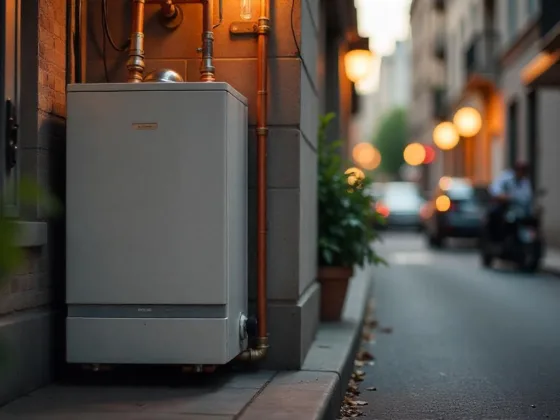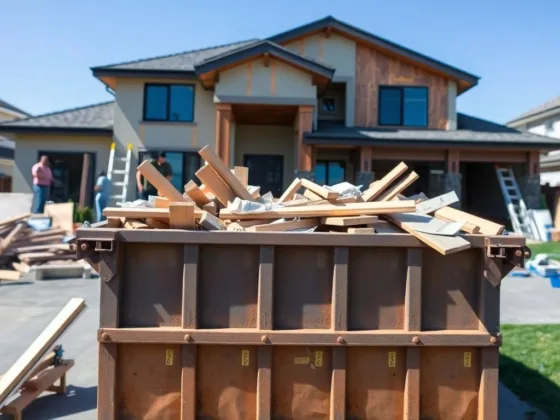Table of Contents Show
Molds are some of the most common types of fungi worldwide. These tiny living organisms thrive in any environment that is damp and warm.
This makes them a threat to any home, as all they need is a little moisture for them to grow and spread.

Should Molds in the Home Be a Cause for Alarm?
The bad news about having molds in your home is that they do more than create unpleasant spots and leave a persistent odor.
This is because these organisms thrive by feeding on the material they grow on. Failure to notice them at early stages in a home means having to deal with structural damages later.
Besides having the ability to cause severe damage to a home, molds are associated with many health risks. No homeowner ever wants to leave their loved ones vulnerable to allergies and infections that can be avoided.
The first step to doing this is continually checking the most popular spots where molds thrive in a home.
The Eight Hidden Spots Where Molds Tend to Grow in a Home
Read Also:
Attics and Crawl Spaces
These confined spaces in a home are hot spots for attracting pests and promoting dangerous conditions. The cool and dark environment makes it easy for molds to grow without being detected.
To avoid this, homeowners should strive to have professional crawl space cleaning to make these areas clean and mold-free.
Underneath Carpets and Rugs
Fitted carpets and removable rugs all create suitable conditions for molds to grow. This is because they hold moisture from the floor and attract a lot of dirt.
Since they are placed in most rooms, they often lead to mold-related infections in a household.
Chimneys
Like attics and crawl spaces, chimneys tend to be dark and cold most times of the year. This creates the perfect condition for molds to grow. As a rule, chimneys must be appropriately covered and regularly cleaned.
Beneath Wallpaper and Drywall
That beautiful wallpaper or drywall could be hiding a lot, as it creates a good breeding ground for molds. To avoid these risks, it is vital that these areas are regularly checked and old wallpapers replaced.
Around Boilers and Water Heaters
While every household requires boilers and heaters, these devices have drains that can become clogged. Once this happens, they can no longer remove excess moisture that builds around them.
This creates favorable conditions for molds to grow unless one regularly cleans HVAC units.
Refrigerator Drip Pans and Air Conditioners
It is easy to forget that refrigerators and air conditioners create condensation as they operate. Since it is hard to check areas around and behind these devices, they create a suitable environment for mold growth.
A simple DIY strategy to avoid such situations is to use vinegar and water solution to clean these areas.
Window Sills
The only time most people think about their windows is when the room is stuffy or too cold. But, these spaces are exposed to moisture that can accumulate and lead to mold growth.
Areas with Plumbing Pipes and Ductwork
It is crucial to have the plumbing and ductwork around the home checked for leaks and other problems. Failure to do this will lead to excessive moisture and water accumulation in these areas and mold growth.
The negative effects of molds growing in a home must never be undermined. For this, caution is required all year long to keep these tiny organisms at bay. Professional actions are also necessary when you discover areas with mold within your home.









